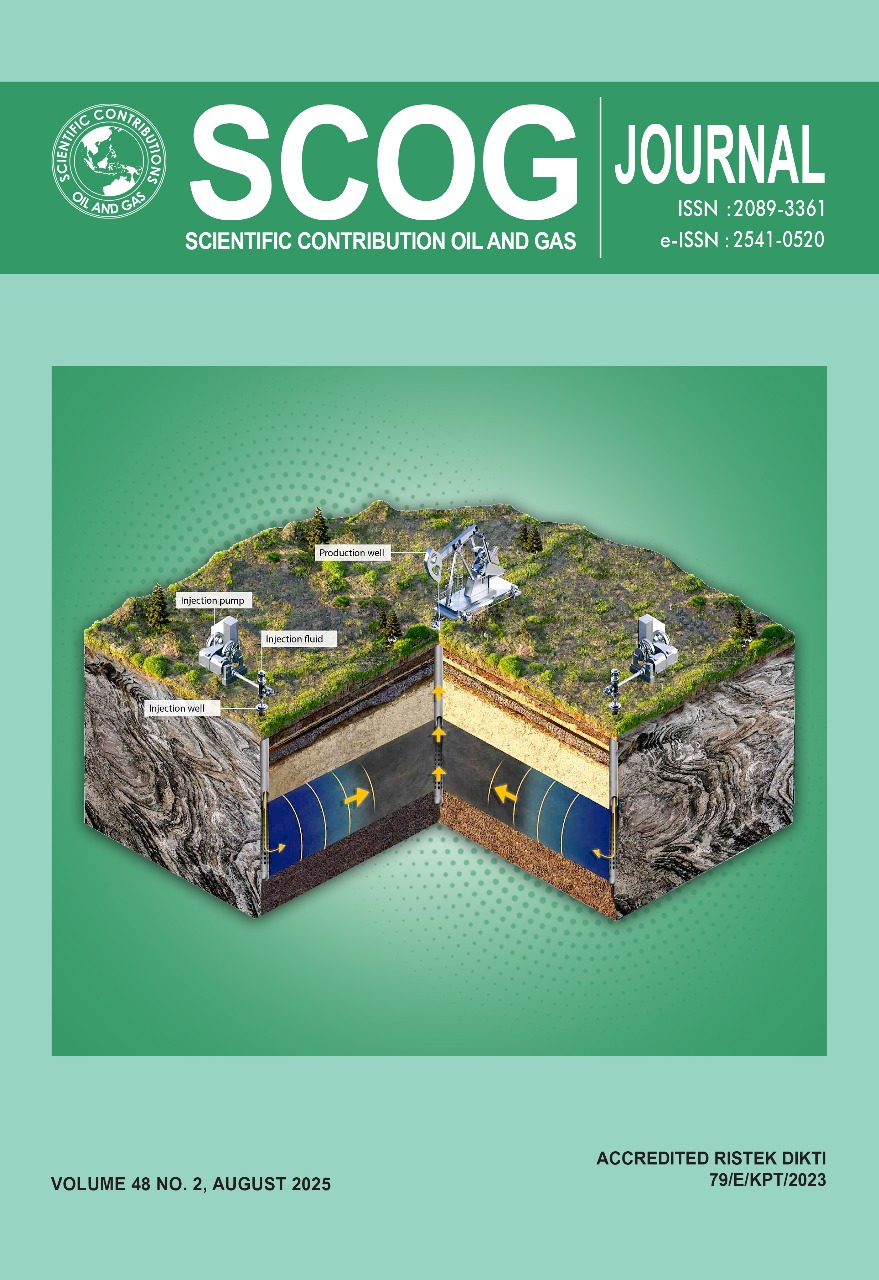Improvement of Operating Performance of Medium-Speed Marine Diesel Engines Using Marine Diesel Oil with Air Microbubbles
DOI:
https://doi.org/10.29017/scog.v48i4.1908Keywords:
microbubbles, marine diesel engines, fuel consumption, cylinder pressure, heat generation rateAbstract
Marine diesel engines are widely adopted as the main auxiliary engines in ships because of their ability to utilize inexpensive heavy fuel oil and their high thermal efficiency per unit engine. This study focuses on practical marine medium-speed diesel engines to investigate the impact of introducing air as fine bubbles into low-sulfur A heavy fuel oil on the operating performance. The results indicated that when fine bubbles were introduced into the fuel, the engine exhibited poor combustion and became unstable at any load when Qa was 0.4 L/min or higher. However, when Qa was below 0.4 L/min, the fuel efficiency improvement increased significantly with increasing load, reaching a maximum reduction of 4.5% at 75% load and Qa = 0.3 L/min. Regarding the exhaust gas characteristics, at low loads, no significant changes were observed in the CO2 and NOx emissions with varying microbubble injection levels. However, at loads of 75% or higher, both the CO2 and NOx emissions decreased as the microbubble injection level increased. Furthermore, introducing fine bubbles into the fuel promoted atomization after fuel injection, similar to the results for heated C heavy oil, leading to improved heat generation rates across the entire engine load range.
References
Asbanu, H., Herodian, S., Mandang, T., Sugiarto, A. T., & Anggarani, R. (2025). Physicochemical Properties of B-0 CN 51 Diesel Fuel with Ultrafine Bubbles. Scientific Contributions Oil and Gas, 48(1), 31-42. https://doi.org/10.29017/scog.v48i1.1686
Deng, B., Cai, W., Zhang, W., Bian, L., Che, X., Xiang, Y., & Wu, D. (2025). A comprehensive investigation of EGR (exhaust gas recirculation) effects on energy distribution and emissions of a turbo-charging diesel engine under World Harmonized transient cycle. Energy, 316, 134506.
Elkelawy, M., Alm-EldinBastawissi, H., El Shenawy, E., & Ouda, M. M. (2025). A Greening the Diesel: Vegetable Oil Biodiesel Blends for Cleaner Emissions and Improved Direct Injection Diesel Engine performance. Journal of Engineering Research, 8(6), 16.
Fang, J., Liu, Y., Wang, K., Shah, H. R., Mu, S., Lang, X., & Wang, J. (2021). Sooting tendency analysis of oxygenate-diesel blended fuels by the affecting indicators of carbon number, oxygen content and H/C ratio. Fuel, 290, 119789.
Hiraoka, N., Miyanagi, A., Kuroda, K., Ito, K., Nakagawa, T., & Ueda, T. (2016). The world’s first onboard verification test of UE engine with low pressure EGR complied with IMO’s NOx tier III regulations. Mitsubishi Heavy Ind. Tech. Rev, 53(2), 40-47.
Herodian, S. (2025). Effect Of Adding Ultra Fine Bubble To Diesel And Biodiesel Fuel On Two Wheel Tractors Diesel Engine Performance. Scientific Contributions Oil and Gas, 48(1), 19-29. https://doi.org/10.29017/scog.v48i1.1685
Izumi, Y. (2016). Development History of Yanmar’s Marine Medium Speed Diesel Engines, J. JIME, 51-5.
Ishimaru, M. (2019). Fuel Conversion Trends in the Shipping Industry and Potential of Electric Power Propulsion Ships, Kyosai Souken Rep. 162, 68-75.
IMO. (2022). International Convention for the Prevention of Pollution from Ships (MARPOL) Annex VI, International Maritime. Organization (IMO).
Kawahara H., Uemura N., Yamashita H., Nakatake Y., Terasaka K., Kawahara H. & Goto H. (2023). Combustion and Exhaust Gas Characteristics of Residual Oil Mixed with Air-Fine Mixture in Medium-Speed Marine Diesel Engine, J. JIME, 58(2): 128-136.
Krzemiński, A., & Ustrzycki, A. (2023). Effect of ethanol added to diesel fuel on the range of fuel spray. Energies, 16(4), 1768.
Nakatake, Y. (2007). Combustion improvement for diesel engines with ejector-type micro-bubble mixed fuel. Transactions of Japan Society of Mechanical Engineers, Series B, 73(735), 196-202.
Nakatake, Y., Kisu, S., Shigyo, K., Eguchi, T., & Watanabe, T. (2013). Effect of nano air-bubbles mixed into gas oil on common-rail diesel engine. Energy, 59, 233-239.
Nakatake, Y., Yamashita, H., Tanaka, H., Goto, H., & Suzuki, T. (2020). Reduction of fuel consumption of a small-scale gas turbine engine with fine bubble fuel. Energy, 194, 116822.
Takaishi, T. (2015). Approach to High Efficiency Marine Low Speed Diesel Engine, J. JIME, 50-2.
Woo, S., & Lee, K. (2023). Effect of injection strategy and water content on water emulsion fuel engine for low pollutant compression ignition engines. Fuel, 343, 127809.
Winangun, K., Setiyawan, A., & Sudarmanta, B. (2023). The combustion characteristics and performance of a Diesel Dual-Fuel (DDF) engine fueled by palm oil biodiesel and hydrogen gas. Case Studies in Thermal Engineering, 42, 102755.
Yamashita H., Kudo T., Nakatake Y., Tanaka H., Kawahara H., Terasaka K., Kawahara H. & Goto H. (2021). Reducing Fuel Consumption and NOx Emissions from High-speed Diesel Engine with Air Fine Bubble A-heavy Oil, J. JIME, 56(4), 152-158
Downloads
Published
Issue
Section
License
Copyright (c) 2025 © Copyright by Authors. Published by LEMIGAS

This work is licensed under a Creative Commons Attribution 4.0 International License.
Authors are free to Share — copy and redistribute the material in any medium or format for any purpose, even commercially Adapt — remix, transform, and build upon the material for any purpose, even commercially.
The licensor cannot revoke these freedoms as long as you follow the license terms, under the following terms Attribution — You must give appropriate credit , provide a link to the license, and indicate if changes were made . You may do so in any reasonable manner, but not in any way that suggests the licensor endorses you or your use.
No additional restrictions — You may not apply legal terms or technological measures that legally restrict others from doing anything the license permits.














